Incessant Replication

The supposed algorithmic architecture has recently emerged as a distinct field within architecture. It is infested with ambiguous research while no rudimentary study of how to practice computational design in general exists. This thesis by Ron Aasholm thus studies the process of promptly harnessing a computational design methodology and applies it to floor plan design. The research methodology consists mostly of literature review however a demonstration computation is carried out to support it. The research is divided into six parts, elucidating the process of constructing a computational model for generating floor plans.
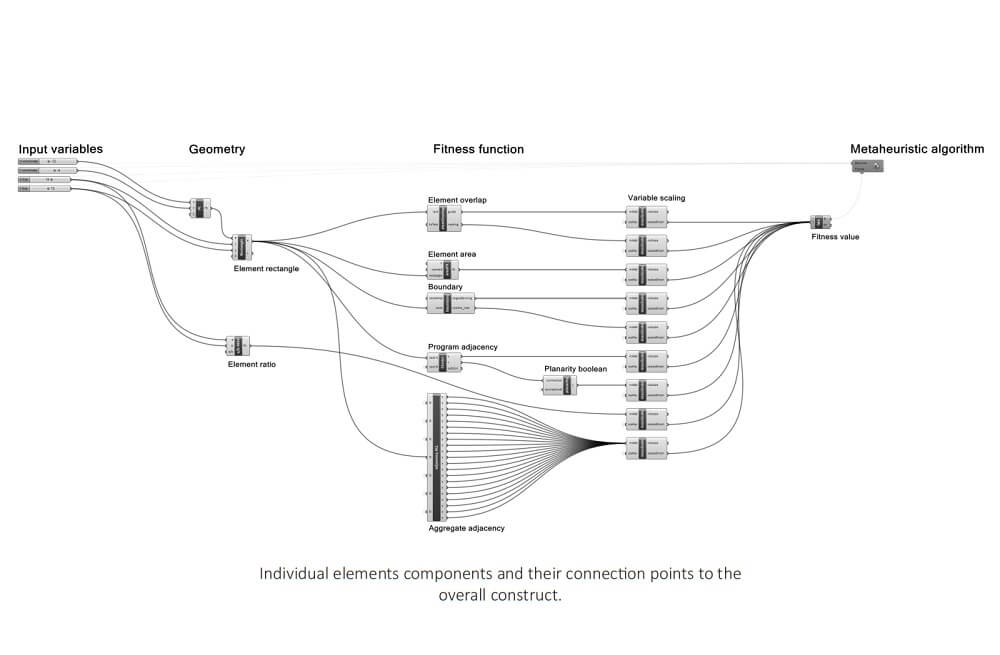
Much of the innovation in computational design took place in 1970s. Only the recent developments in technology and software, especially the graphical algorithm editors, have provided new momentum and wider acceptance for computational design. There exists formal computational precedent models capable of generating floor plans. The scope of their quality varies from designs barely recognizable as a floor plan to designs that have succeeded in architectural competitions. There is a lineage of models that incorporate higher-level algorithmic constructs: Metaheuristics. The subject is introduced and evolutionary metaheuristic are explained in general since they are most widely used in architectural computations. A specific evolutionary algorithm, found in Galapagos, is analysed and applied as it used in the model demonstration.
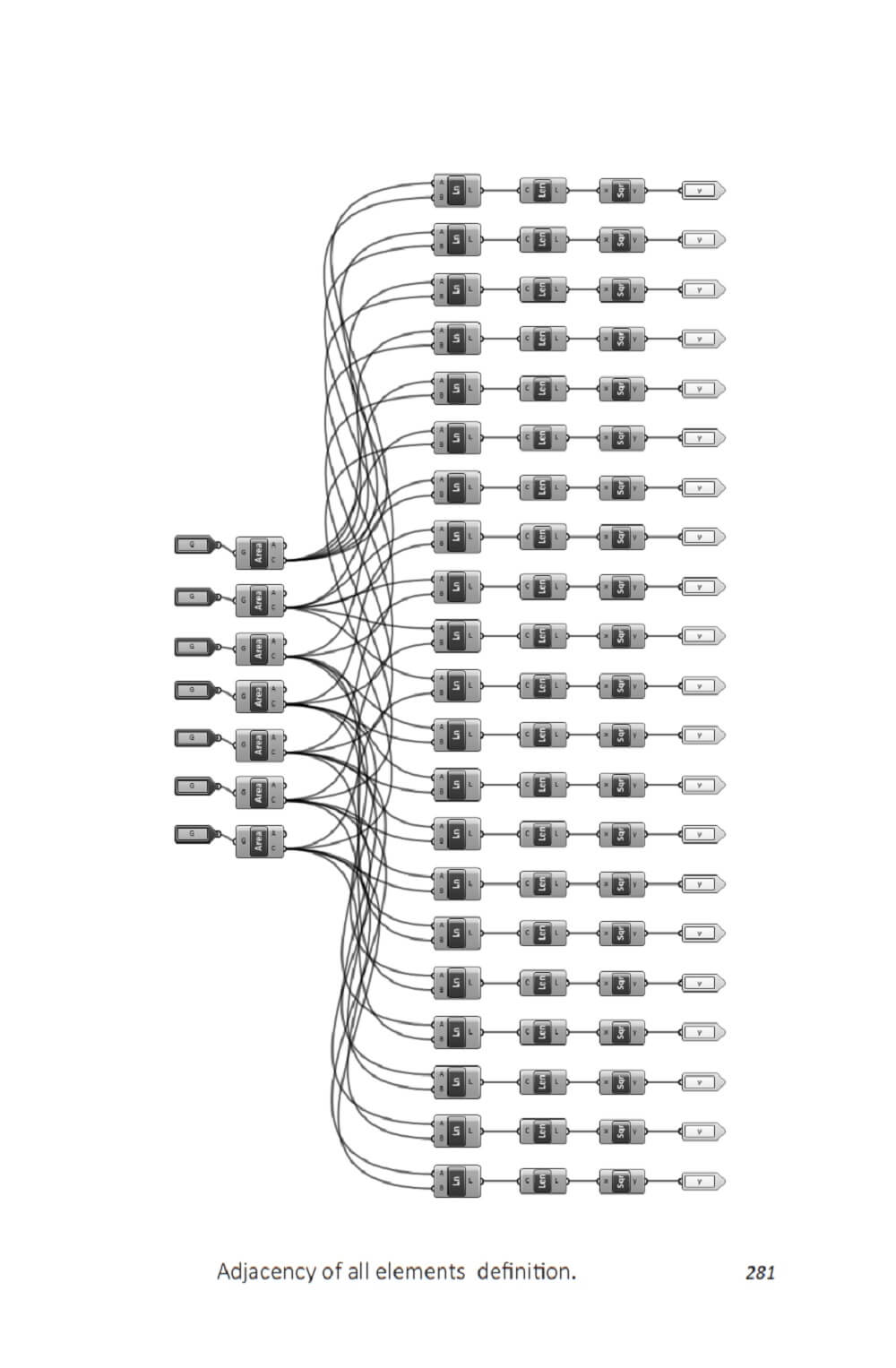
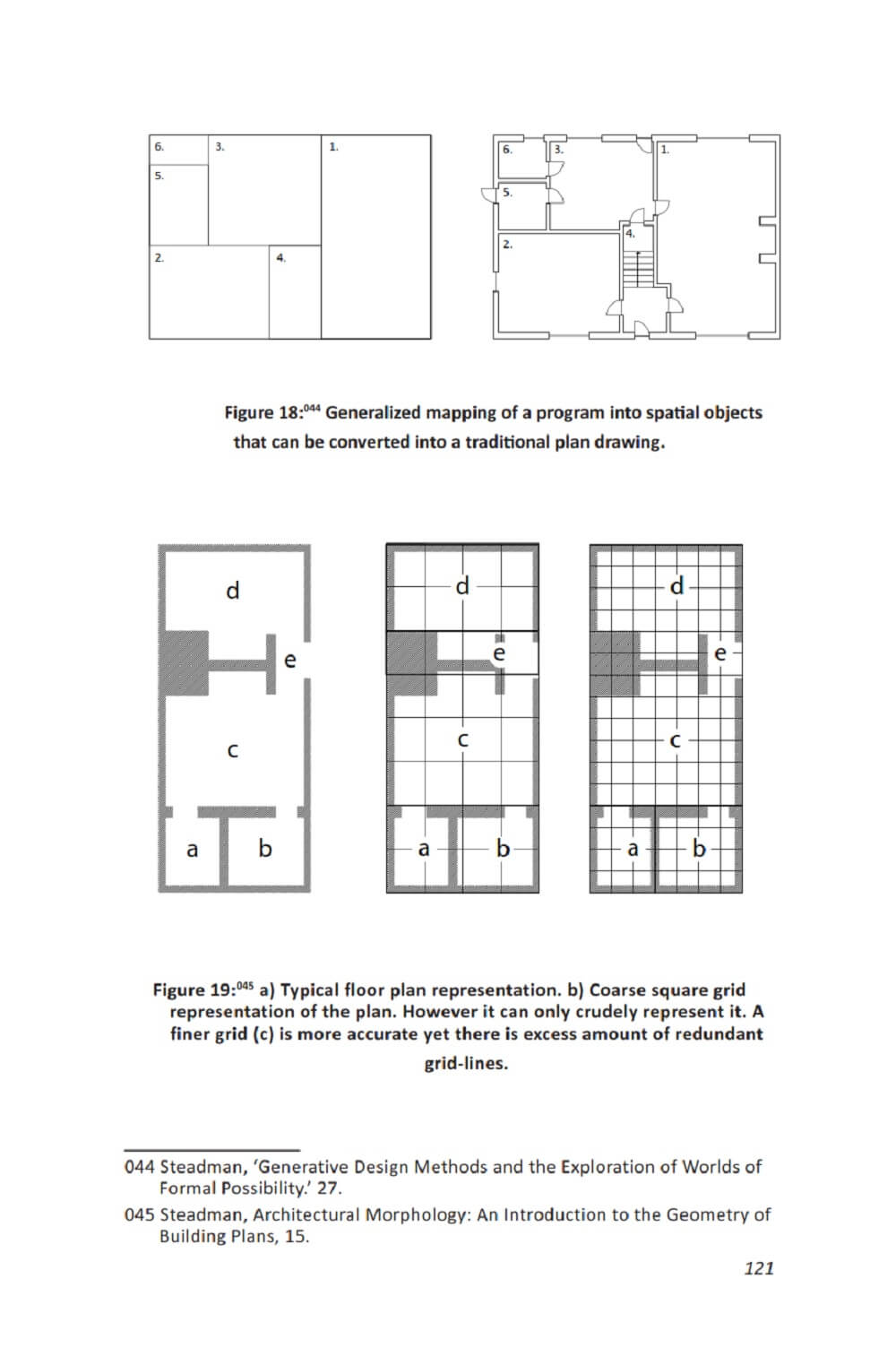
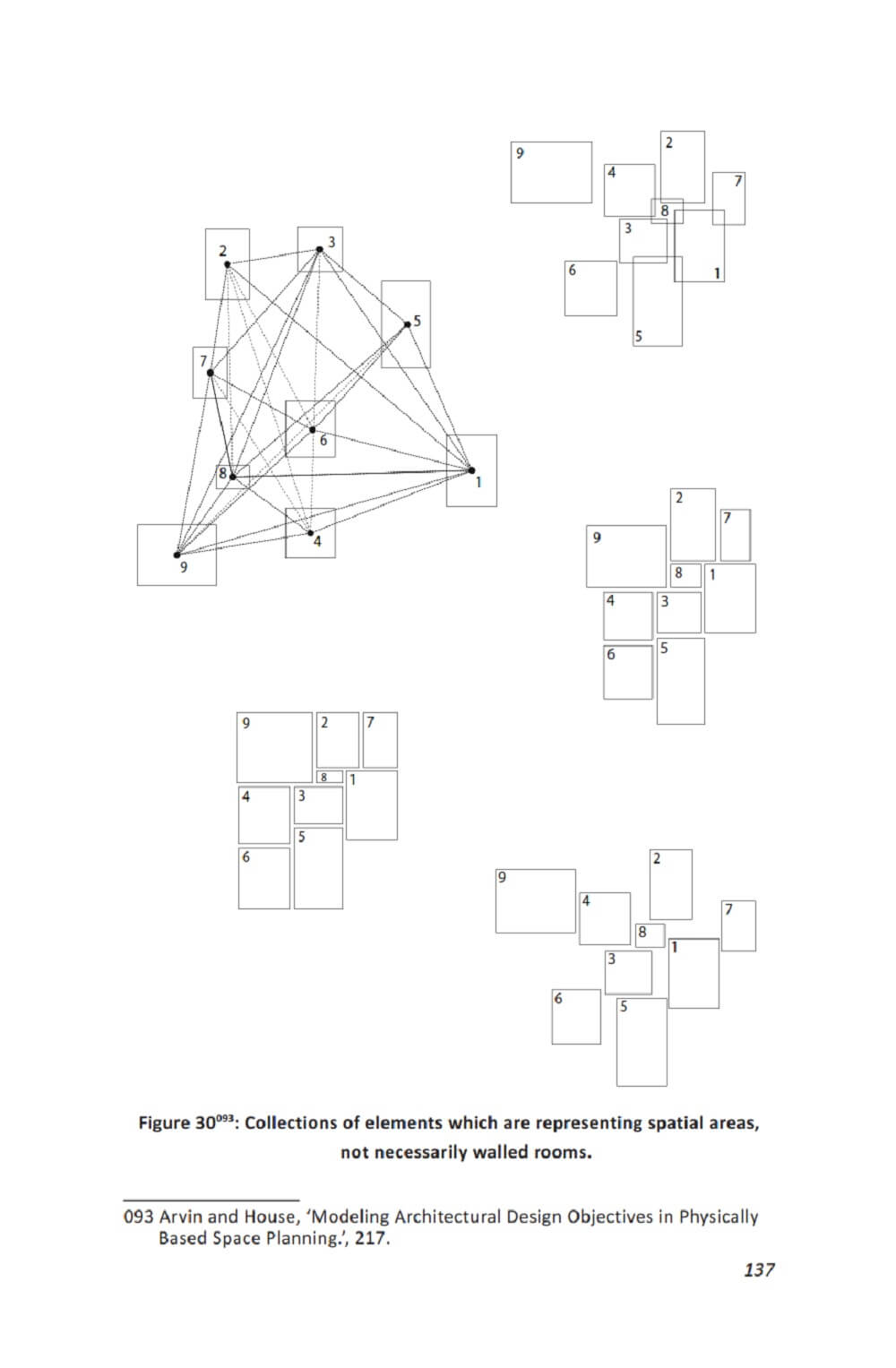
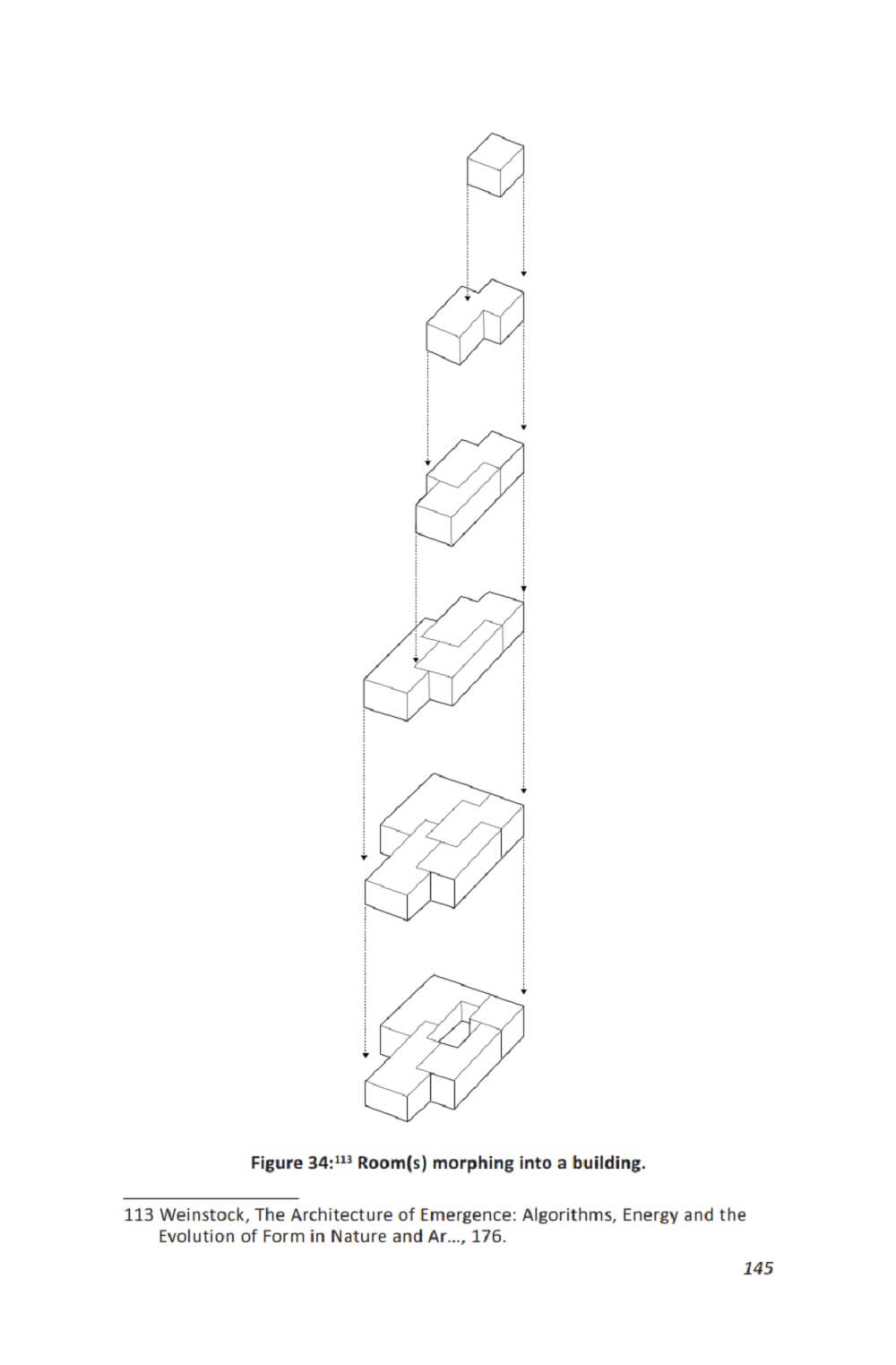
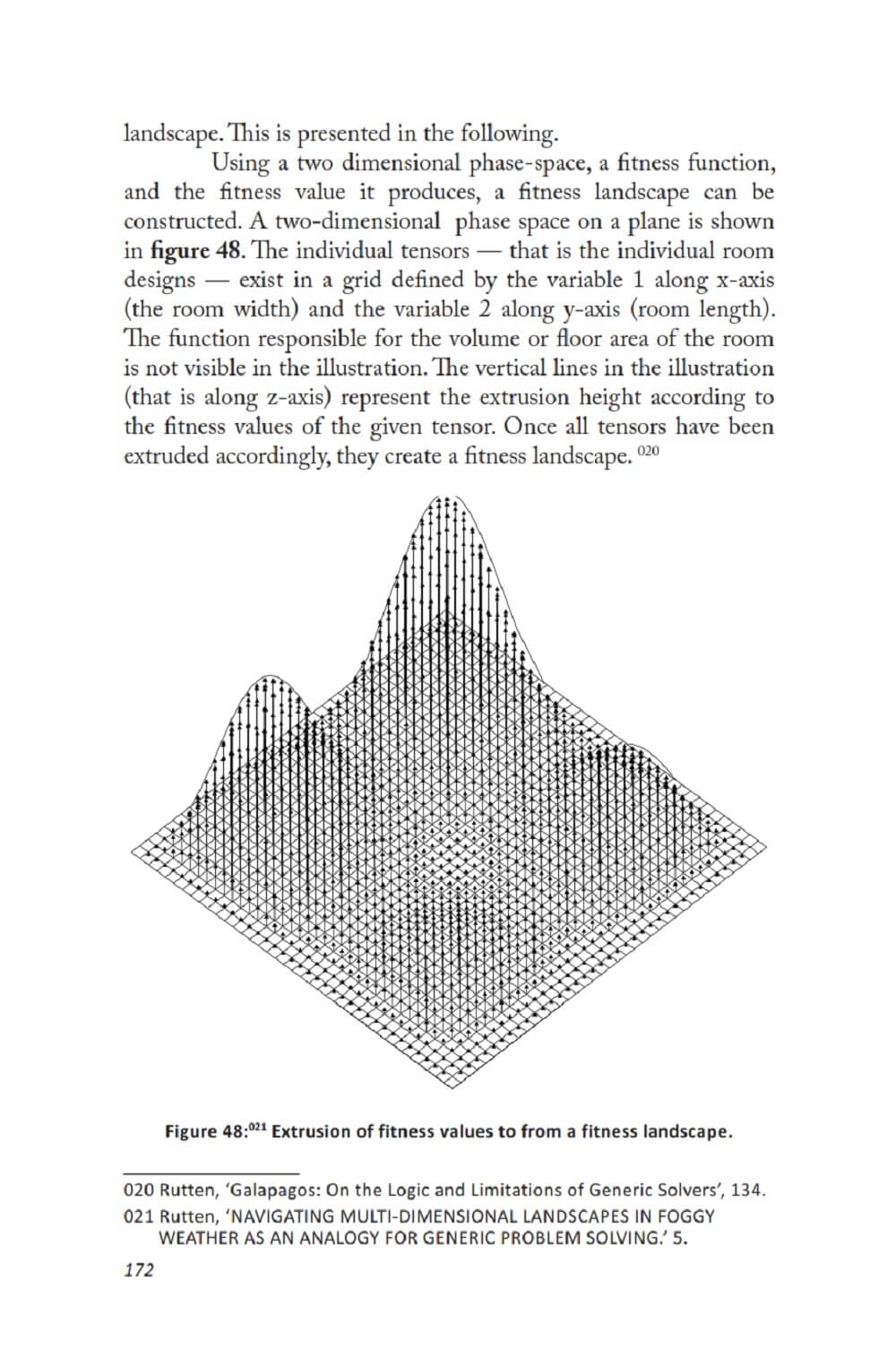
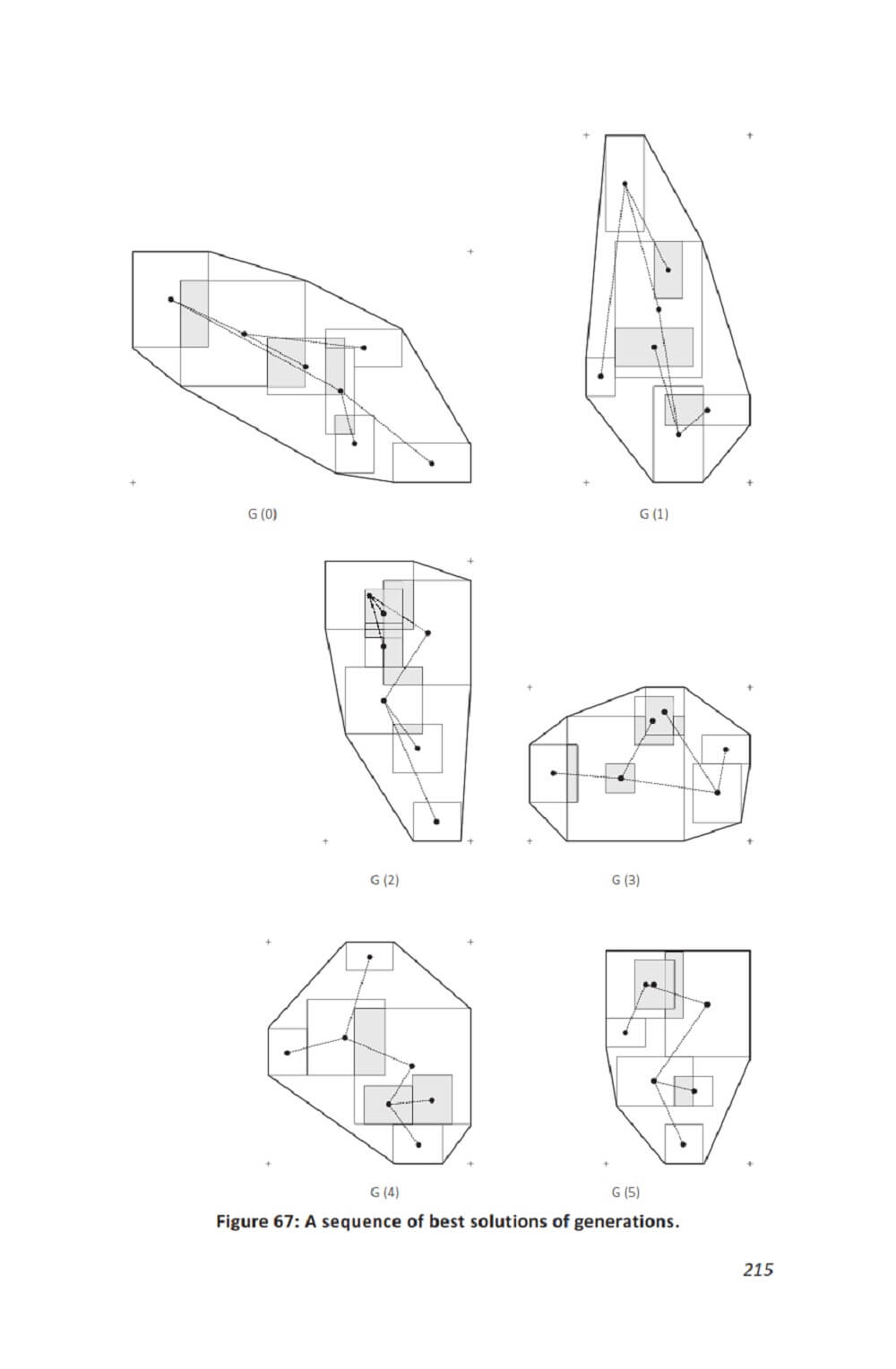




























Comments
alessandronicotra
Very interesting topic! Thank’s a lot for sharing with us!